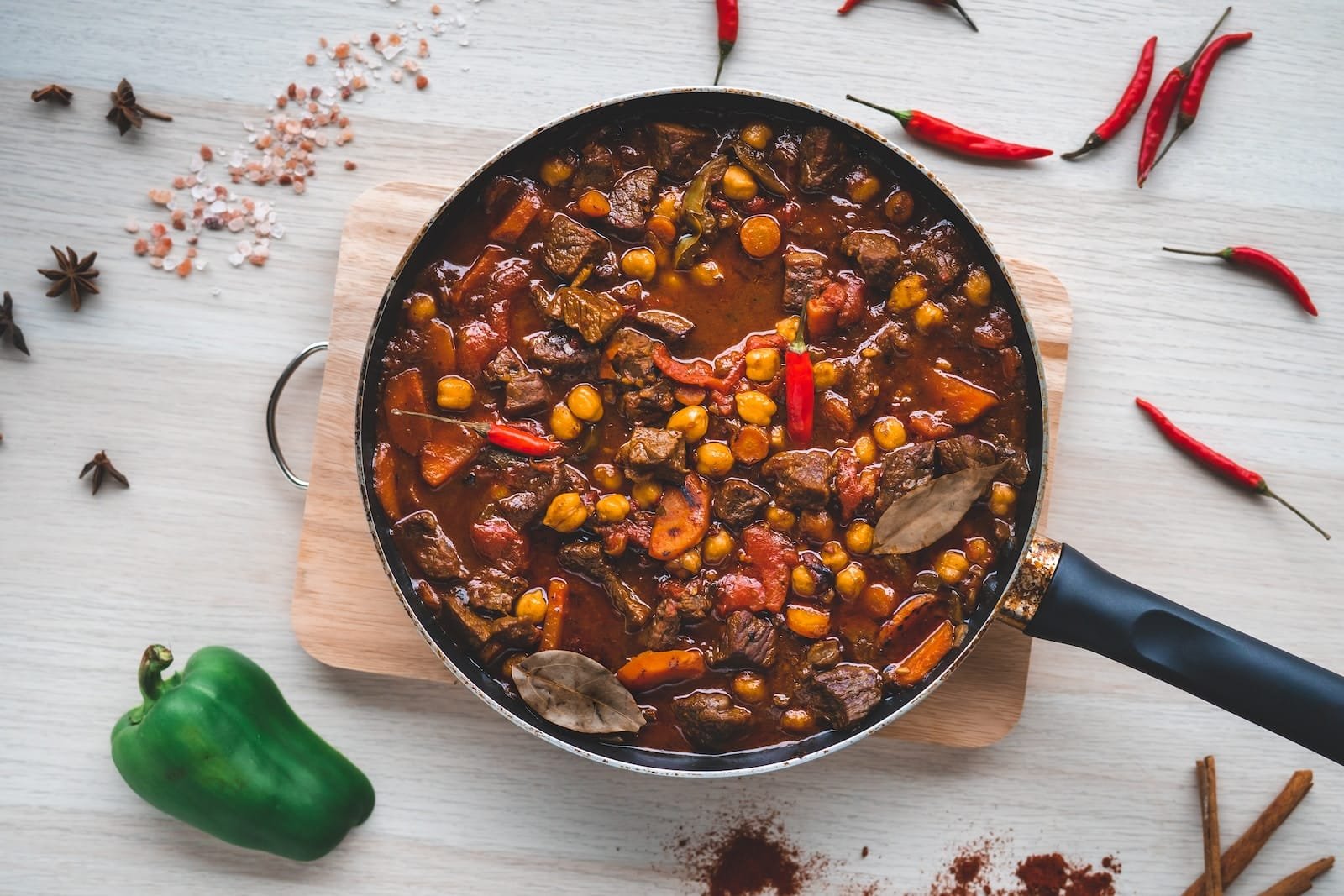Whether you’re a fan of the classic beef and bean combo, or you like to get creative with turkey, veggies, or even a quinoa blend, chili is a staple that warms the soul as much as it does the belly.
Now, if you’re anything like me, you probably like to cook in large batches. There’s nothing quite like having a hearty bowl of chili ready to go after a long day, right? But, unless you have a football team to feed every night, you’re likely faced with leftovers. That’s where freezing comes in handy!
But how long can you actually keep chili in the freezer before it loses its charm? Let’s dive into it, keeping our trusty friends at the CDC and FDA in mind for those all-important food safety tips.
First things first: freezing chili is a great way to extend its shelf life. The low temperatures halt the growth of bacteria, which are the culprits behind food spoilage and foodborne illnesses. According to the FDA, your freezer should be at 0°F (-18°C) to keep your food safe.
Chili, like most prepared foods, can be kept in the freezer for quite a while. The general consensus is that it’s best used within 4 to 6 months. Now, don’t get me wrong, it won’t turn into a pumpkin after the stroke of 6 months, but the quality might start to decline.
Over time, even in the freezer, chili can suffer from freezer burn and textural changes. Ingredients such as beans and vegetables might become a bit mushier once thawed. The spices can also lose some of their punch, so you might find yourself needing to add a bit more seasoning when you reheat it.
The key to extending your chili’s freezer life lies in the packaging. You’ll want to use airtight containers or heavy-duty freezer bags to keep out moisture and air. Make sure to cool your chili before freezing to prevent ice crystals from forming. And here’s a dad tip for you: lay those freezer bags flat until they’re frozen solid, then you can stack them like savory books in your chilly library!
When it’s time for thawing, the safest way is in the refrigerator, which can take about 24 hours for a typical portion. If you’re in a bit of a hurry, you could use the microwave’s defrost setting, but be sure to reheat your chili to 165°F (74°C), as our friends at the CDC recommend, to ensure all bacteria are destroyed.
Remember that while freezing can keep your chili safe, it won’t improve the quality. So if your chili wasn’t at its best before freezing, don’t expect a frosty miracle. Always start with a delicious, well-cooked chili for the best post-thaw results.
For the adventurous chili chefs who like to mix in seafood or perhaps go for a vegan twist, the same rules apply. However, note that seafood chili should be consumed a bit sooner, aiming for the 2-month mark for best quality, as seafood can be more delicate.


